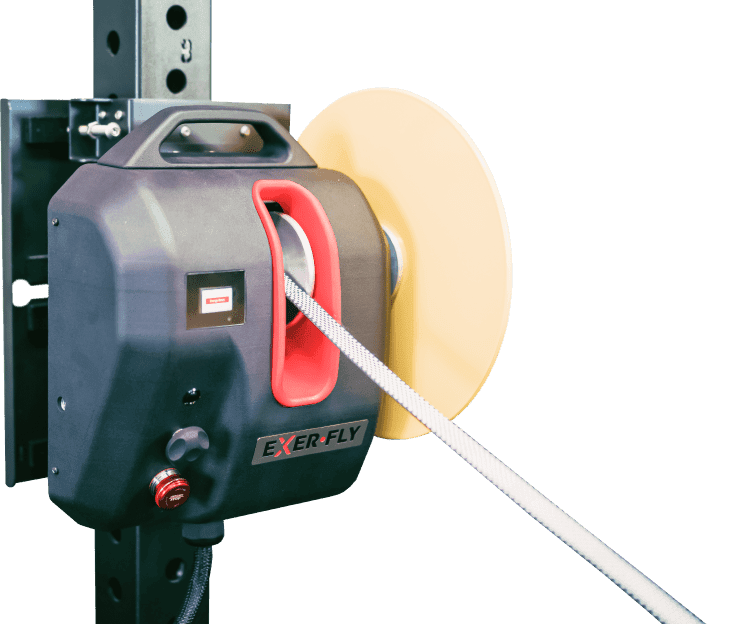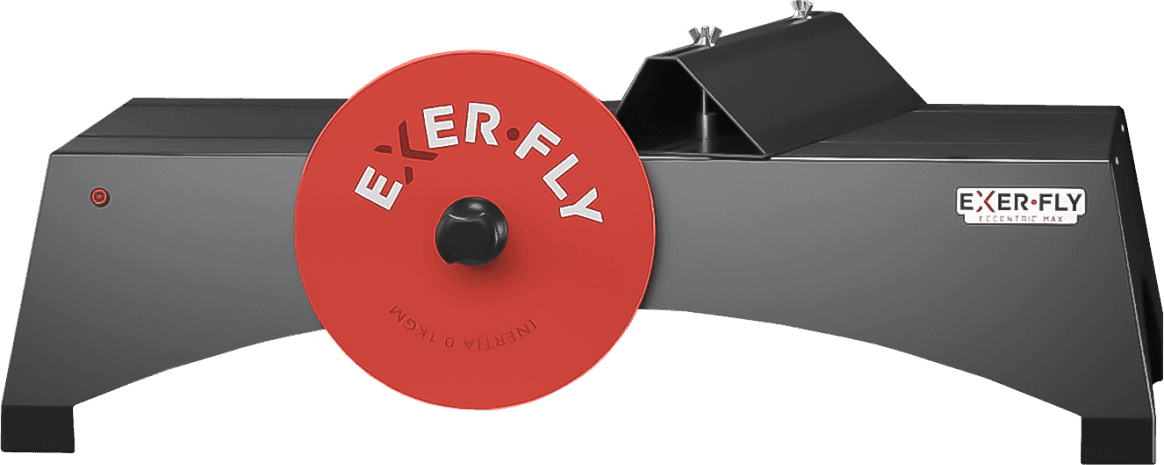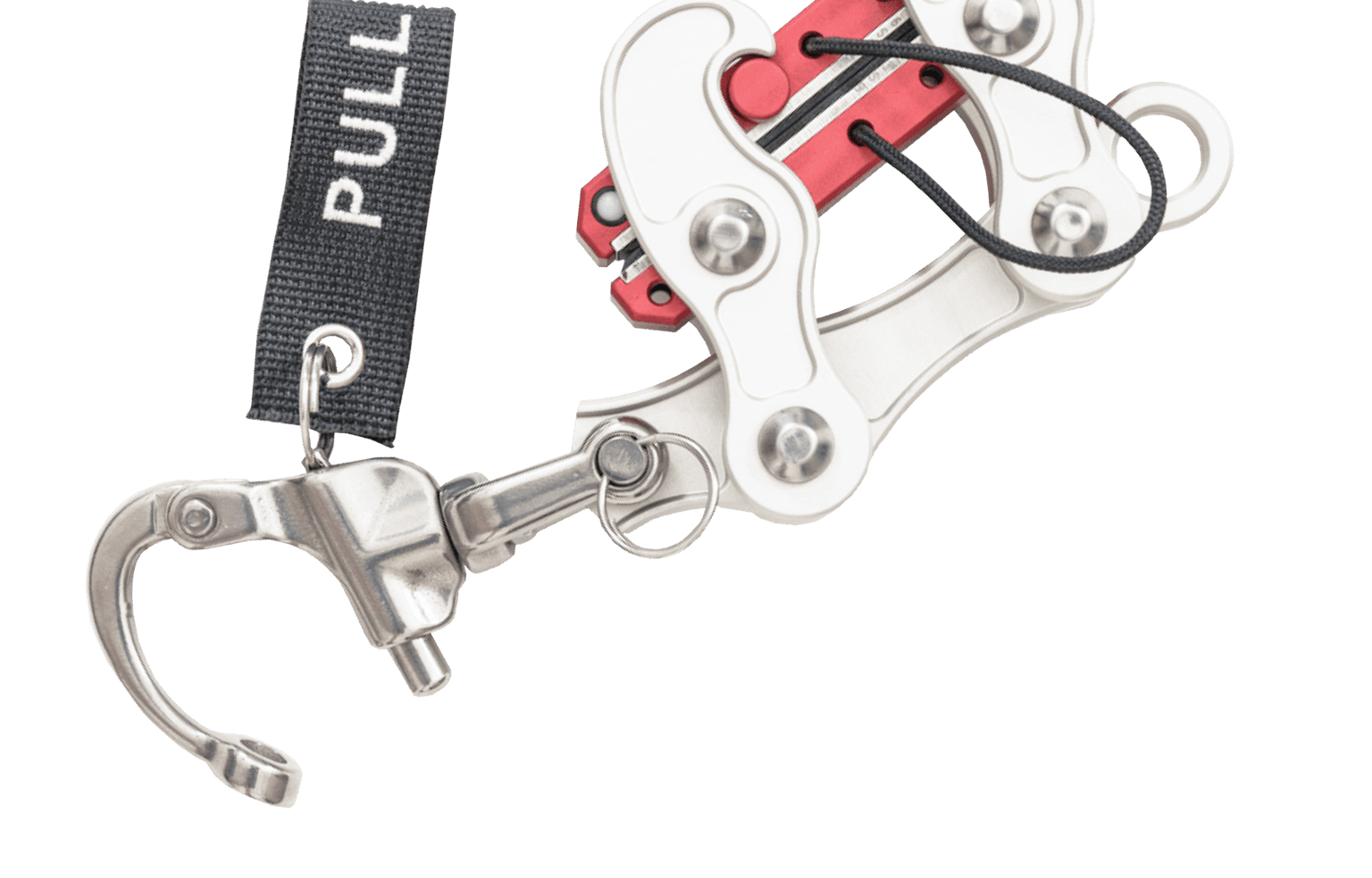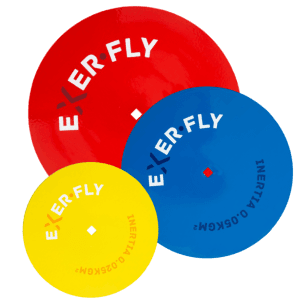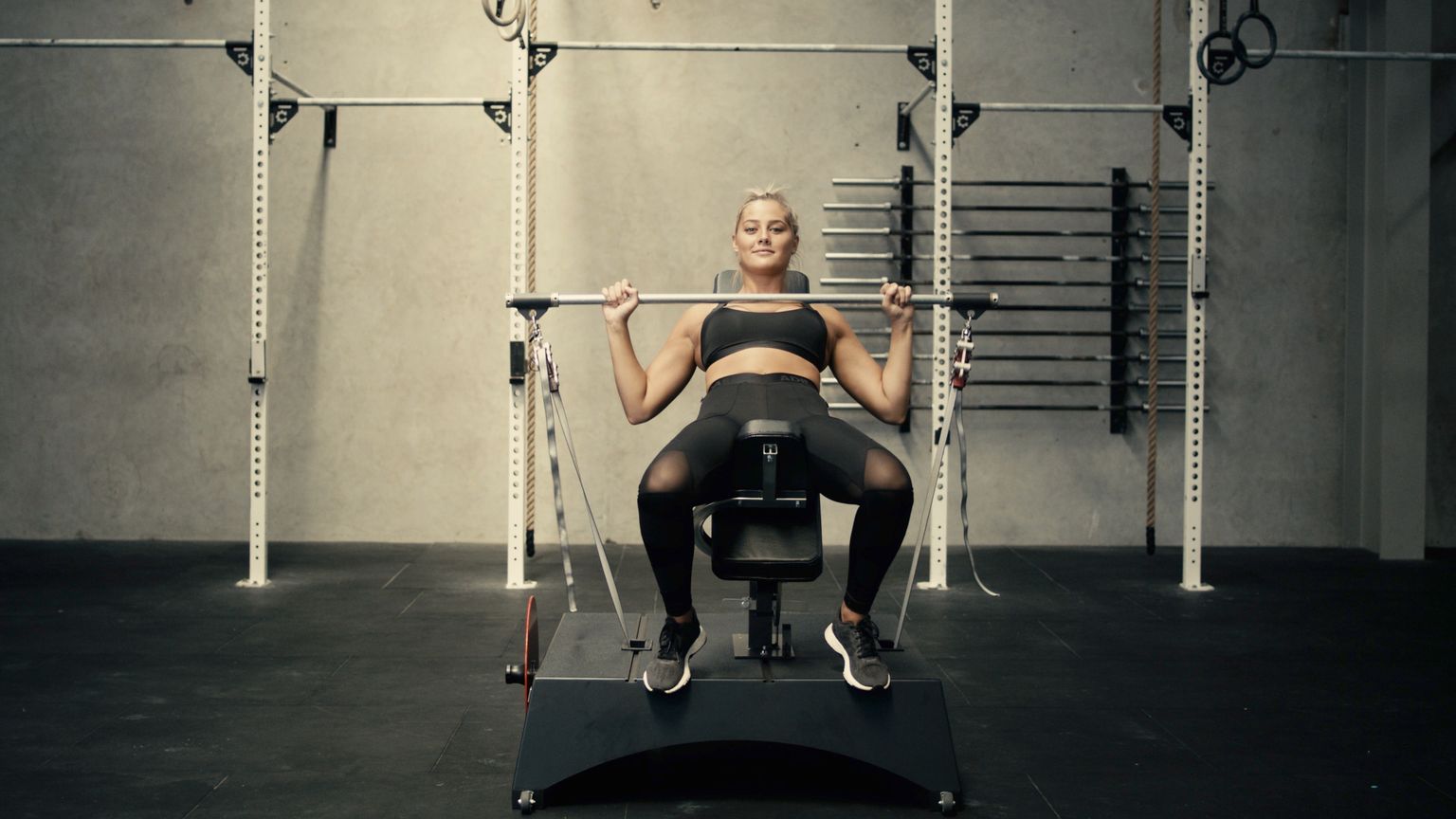
Exerfly for Young Athletes
A huge population of under 18s are involved in sports, with over 30 million young athletes participating in organized sports programmes in the US alone. As these numbers increase, so does the amount of acute and overuse injuries. It is estimated that over ⅓ of young athletes will sustain an injury severe enough to be treated by a doctor or nursing, costing up to $1.8 billion a year. Reactive and responsive, Exerfly offers a tailored injury prevention and rehabilitation solution for users of all disciplines and abilities, regardless of age. Read on to find out how flywheel training, which is scientifically supported to reduce risk of injury or re-injury, can maximize athletic performance with our game-changing technology.
Athletes and Injuries
Young athletes are at greater risk for injury than adults because they are still growing, and this risk of injury whilst playing sports can result in a range of long-term health problems. According to the National Institute of Arthritis and Musculoskeletal and Skin Diseases, the most common sport injuries are due to accidents, poor training practices or using the wrong gear or equipment. Today, severe injuries such as damage to the anterior cruciate ligament (ACL) and tendinopathies are becoming increasingly common among the youth as they take up sports earlier and play more competitively. Other frequent injuries include sprains of ligaments and strains of muscles, such as back and neck injuries, which are usually due to athletic overuse or improper body mechanics and technique. However, most of these injuries can be prevented with appropriate physical conditioning and proper use of equipment.
Overuse injuries happen when a young athlete repeatedly uses the same muscle groups and applies constant stresses to a specific body part, resulting in muscle imbalances and not enough time for repair. A way of preventing these injuries is having young athletes perform many different sports and even different positions within each sport so that they workout different body parts. However, this is not possible for a lot of young athletes that focus most of their efforts in competing at the highest level for a particular sport. With our equipment, young athletes are able to perform a huge variety of exercises, recreating different sporting movements, as well as maintenance, rehabilitation, and strength & conditioning training. Exerfly’s resistance is based on the inertia of the flywheel and the input force of the athlete’s expended effort, meaning our equipment adapts to the needs and capabilities of the individual athlete, whether that be intense, intermediate, or recovery.
Flywheel training
Inertial training with Flywheel technology plays an important part in rehabilitation, prevention, and rehabilitation of muscles and joint injuries. Because inertial training provides constant resistance, users can generate eccentric overload without significant shifts in momentum where the joint is unloaded. When treating ACL injuries, eccentric exercises are used especially because the downward movement is less likely to compromise the stabilizing ligaments of the knee. Exerfly’s Flywheel technology also allows for self-managed resistance that adapts as the body fatigues, allowing the athlete to adapt to the exercise at their own pace, easing or challenging the resistance as needed.
Rehabilitation
Eccentric flywheel training is particularly beneficial in the treatment of tendon injuries, resulting in a reduction in pain, decreased stiffness in tendons, increased neovascularization, enhanced neuroplasticity, and increased shielding of muscles. Eccentric training is especially used for injured tendons by physiotherapists as they are able to increase tendon resistance at a high speed with high force using lower weights, which is far safer for young athletes compared to heavier traditional weights. With Exerfly, the force loads are not excessively high on the young athlete as these are regulated by the user, and can be changed incrementally to strengthen the tendon as the athlete progresses.
Flywheel training does not require an advanced level of training, and is much more forgiving for those with poor technique. For example, when performing a squat with poor form using traditional weighted bars, young athletes would feel pain in the lower back, hips, or knees, which often stunts their performance. With Flywheel training, the squat harness distributes load throughout the entire body, eliminating those targeted pressure points and the risk of injury. Flywheel training also allows athletes to control their own speed, which in turn determines the force loads they generate, meaning they can self-monitor their own resistance effortlessly.
Strength Training
Strength training is also understood to play a vital role in improving performance. Whilst conventional weights are often used for strength training, these come with a higher risk of injury due to their higher barrier entry point. Lifting heavier weights to replicate high forceloads can result in serious injuries as these require perfect technique to prevent any muscular strains. Exerfly is an all-in-one solution that can be used for all types of strength training whilst remaining contingent on the performance of the athlete. Exerfly’s technology is an innovative feature of our equipment that accommodates resistance, offering a much lower barrier of entry for athletes who are not used to descending into athletic positions. It is a new, exciting way to train and it provides a different stimulus and feeling than conventional training, which is challenging and very fun for young athletes. Athletes who are not proficient at descending into an athletic position have limited areas of mobility which Exerfly is able to target, and eccentrically orient their pelvis in a way that allows them to descend properly. Furthermore, the versatility and flexibility of Exerfly’s design cater to a wide range of athletes and abilities, guaranteeing an almost unlimited amount of exercises with maximum resistance. Because resistance is based on the input force of the athlete, Exerfly equipment can adapt to suit any skill level, which is paramount to creating specific strength training programmes for athletes depending on their performance capacity.
Our advantages in portability and versatility compared to traditional weights are also largely appealing to young athletes as our equipment is lightweight, meaning they can take Exerfly with them when travelling for tournaments and competitions. Sometimes teams do not always have access to a gym or facility to train when they’re on the road, and our equipment’s compact design means it can be set up in the smallest of spaces within a couple of minutes. Furthermore, the development of our app opens up the possibility for Exerfly users to quantify their results with coaches around the world. Whilst competing or on holiday, young athletes are able to connect with their coaches and trainers for guidance, allowing them to upkeep their fitness levels regardless of where they are. Exerfly’s young athletes are able to practice real sporting movements even at home, and access precise workout metrics of their performance, further quantifying their results. In this way, coaches can connect with their athletes without having to travel, and monitor their progress effortlessly.
Summary
Exerfly is proud to have helped many young athletes achieve greatness over the years, being the equipment of choice for NZ Olympics and Sport NZ athletes to train at the highest level with minimal risk of injury. We've created a gold standard of equipment that has been tried and tested by our global Exerfly community, from Olympians all the way to young athletes who are just starting out. We are passionate about looking after young athletes and making sure they stay safe. Get in contact with our team to discuss how our equipment can help you remain injury-free as well as boost your performance.


